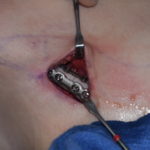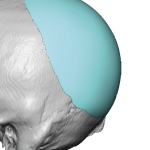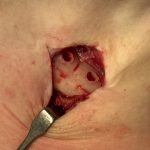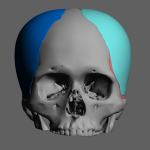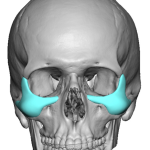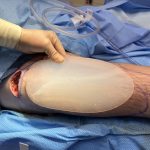Custom Jaw Angle Implant Overlays: What They Are & How They’re Used
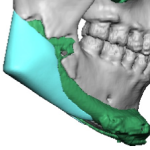
Introduction Improving the appearance of the jaw angle region after prior implant augmentation is not uncommon and is usually very fixable. The correct solution, however, depends on the specific failure pattern of the original implant. Key questions include: Where is the current implant positioned? and What additional dimensions are needed to achieve an improved jaw Read More…


